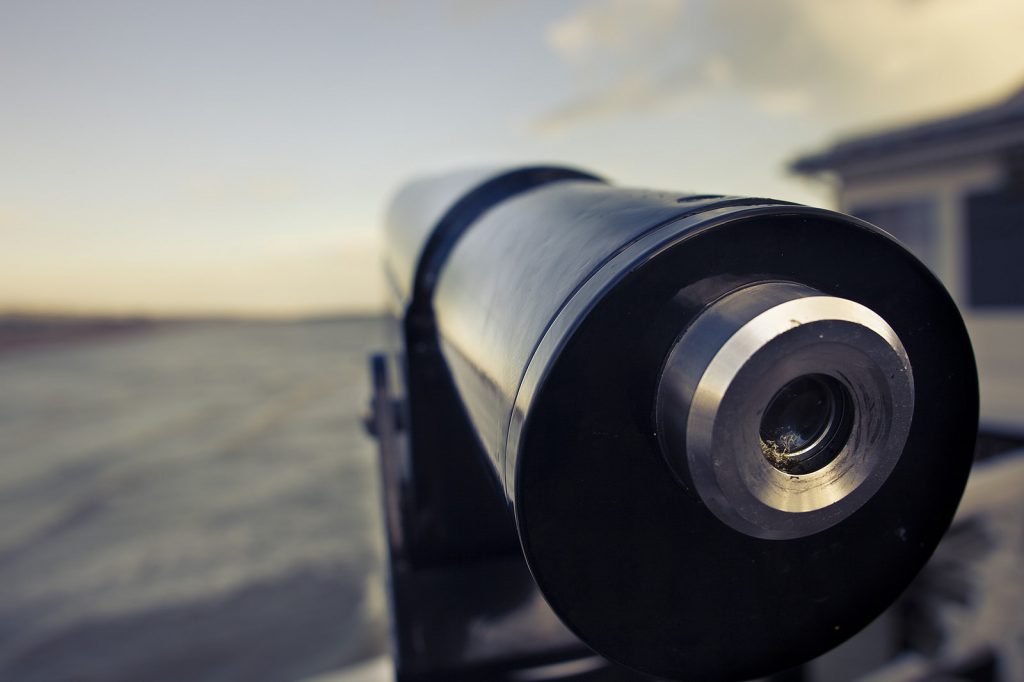Australia–Philippines strategic relations: taking the long view
Posted By Benjamin Schreer on August 4, 2017 @ 10:00

The Philippines is poised to become strategically more important to Australia, leading to opportunities for intensified defence cooperation. At a recent dialogue held in Manila on deepening the Australia–Philippines relationship [1], hosted by the Foreign Service Institute [2] in conjunction with the Griffith Asia Institute [3], I spoke about the importance of taking a long-term perspective on the relationship between the two countries.
Currently, the strategic relationship seems hampered by uncertainty over the course of the Philippine government of President Rodrigo Duterte. Under his leadership, the country appears to have moved away from its traditional alliance with the United States towards closer alignment with China. Some analysts [4] have already concluded that Manila is now tempted to ‘bandwagon’ with Beijing. Combined with human rights concerns, the Australia–Philippines relationship has been characterised by uncertainty [5] and limited opportunities for deeper engagement.
Moreover, despite the progress made since the Philippines–Australia Status of Visiting Forces Agreement was ratified by the Philippines Senate in 2012, bilateral defence cooperation remains constrained. That’s particularly true in the maritime and air domain, due to capability asymmetries between the Australian Defence Force (ADF) and the Philippine Armed Forces (PAF). Joint maritime exercises such as Exercise Lumbas have therefore been at lower levels, focusing on maritime safety.
However, a more nuanced and long-term perspective is required to assess the Australia–Philippines strategic relationship. First, despite his pro-Chinese rhetoric, Duterte hasn’t walked away from the US alliance. Indeed, at the working level, US–Philippine defence cooperation continues to increase, as evidenced by US special forces support [6] for the campaign against IS militants in the southern Philippines, the delivery of the Philippine Navy’s first Tethered Aerostat Radar System [7] to enhance maritime surveillance, and the transfer of two new Cessna-20B Grand Caravan Intelligence, Surveillance and Reconnaissance [8] aircraft. Under Duterte, the Philippines also reached an agreement with Japan on the transfer of equipment and training for maritime reconnaissance, indicating that Manila is still ‘balancing’ against China [9] while slowly but steadily building up its maritime capability.
Second, Australia has already ramped up its contribution to the PAF’s naval capability development. For instance, the delivery of five decommissioned landing craft [10] (two donations and three sold at a ‘friendship prize’) in 2015–16 was a welcome step towards strengthening the Philippines’ nascent maritime capability. As the PAF is incrementally developing a more robust coastal defence capability—also evident in the order of two modern 2,600-tonne coastal frigates, a variant of South Korea’s Incheon class [11]—there’d be opportunities for more complex naval exercises, including in critical areas such as anti-submarine warfare, and possible cooperation on defence equipment such as AUSTAL’s high-speed vessels.
Third, over the medium to long term the Philippines will become even more important to Australia. That’s partly because of the joint interest in combating terrorism operating in the Mindanao–Sulawesi–Sabah triangle, demonstrated in Australia’s dispatch of two AP-3C Orion [12] aircraft to provide surveillance support for the PAF in the southern Philippines. However, the driving factor for deeper cooperation will be China. Despite the current relative calm in the South China Sea, China is likely to continue to push the envelope, including further militarisation of artificial islands and pressure on the Philippines over the Scarborough Shoal. Beijing doesn’t consider Manila an equal partner and will pursue its objective of dominating the West Philippine Sea slowly but surely. A Philippine strategy of a true partnership with Beijing would probably fail.
Meanwhile, the US may decide to more strongly contest Chinese attempts to dominate the South China Sea. The honeymoon between Washington and Beijing is quickly coming to an end [13]. In turn, Washington will look for increased bilateral and multilateral cooperation with allies such as the Philippines and Australia amid a more contested South China Sea. And now, after the 2012 disaster in the Scarborough Shoal, where the Obama administration failed to support its Philippine ally in the face of Chinese coercion, Washington might be more prepared for much tougher measures, including forward-deploying forces on Philippine territory. In the face of increased Chinese pressure, a post-Duterte government as well as the Philippine strategic and military establishment could well support such steps.
For its part, Australia faces increasing pressure to carry a greater burden in Asia–Pacific maritime security affairs, including much closer maritime cooperation with littoral Southeast Asian nations and enhanced military presence. Canberra’s most significant naval build-up since World War II will equip the ADF with growing power projection capabilities in the region. Working closely with the PAF in conjunction with US, Japanese and (potentially) Indian forces will become more important. Given the Philippines’ growing geostrategic location as a ‘frontline’ state in the struggle for the ‘rules-based order’ in maritime Asia, Canberra would be well advised to invest systematically and significantly in this important long-term strategic and defence relationship.
Article printed from The Strategist: https://www.aspistrategist.org.au
URL to article: https://www.aspistrategist.org.au/australia-philippines-strategic-relations-taking-long-view/
URLs in this post:
[1] deepening the Australia–Philippines relationship: https://blogs.griffith.edu.au/asiainsights/deepening-the-australia-philippines-relationship/
[2] Foreign Service Institute: http://www.fsi.gov.ph/
[3] Griffith Asia Institute: https://www.griffith.edu.au/business-government/griffith-asia-institute
[4] analysts: http://nationalinterest.org/feature/how-donald-trump-can-stave-defeat-the-south-china-sea-18802
[5] characterised by uncertainty: http://thediplomat.com/2016/12/australia-philippines-relationship-its-complicated/
[6] US special forces support: https://www.nytimes.com/2017/06/14/world/asia/philippines-marawi-us-troops.html
[7] Philippine Navy’s first Tethered Aerostat Radar System: http://maxdefense.blogspot.com.au/2017/07/philippine-navy-receives-first-tethered.html?m=1
[8] two new Cessna-20B Grand Caravan Intelligence, Surveillance and Reconnaissance: https://www.reuters.com/article/us-philippines-usa-planes-idUSKBN1AC1S0
[9] that Manila is still ‘balancing’ against China: http://thediplomat.com/2016/11/the-philippines-is-still-balancing-against-china-amid-dutertes-pivot/
[10] delivery of five decommissioned landing craft: http://thediplomat.com/2016/03/australia-gives-the-philippines-another-military-boost/
[11] two modern 2,600-tonne coastal frigates, a variant of South Korea’s Incheon class: http://www.janes.com/article/64864/hyundai-discloses-further-details-of-philippine-navy-s-new-frigates
[12] Australia’s dispatch of two AP-3C Orion: http://www.abc.net.au/news/2017-06-23/australian-spy-planes-to-fly-over-philippines-in-is-fight/8645086
[13] honeymoon between Washington and Beijing is quickly coming to an end: http://www.chinausfocus.com/peace-security/choppier-waters-ahead-in-the-south-china-sea
Click here to print.